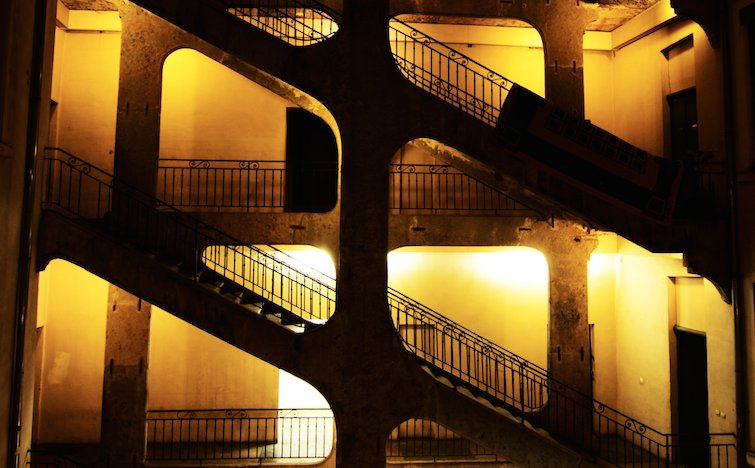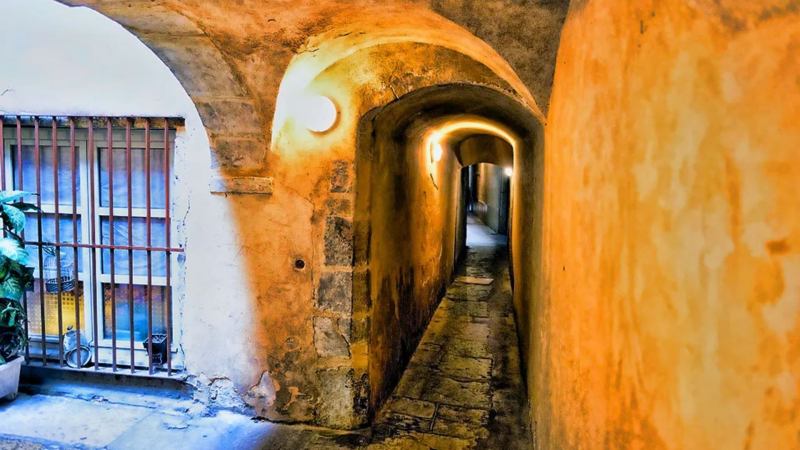Secret Passages

The next reason to visit Lyon is secret passages. The "Old City" is filled with "Traboules," or hidden corridors, which were constructed in the fourth century to allow traders to move about the city undetected. These days, they are largely accessible to the general public and provide a glimpse into life behind the scenes in the metropolis. You can enter another universe by just ducking through the big doors hidden amongst the neighborhood businesses (they're shockingly simple to overlook if you don't know about them). The Traboules offer a tranquil escape into the city's past and present Lyonnais life since they are filled with residences, courtyards, gardens, and winding stone corridors and are away from the commotion on the streets.
It is believed that Lyon in the fourth century was where the first traboules were constructed. The residents of what was formerly Lugdunum were forced to relocate to the banks of the Saône River in the lower town at the base of Fourvière hill due to a lack of water and broken aqueducts. The traboules were designed to help people go rapidly from their dwellings to the river. Later, the Canuts silk weavers of the Croix-Rousse, the center of the 19th century silk trade, adopted them. The passages were utilized for worker gatherings as well as for transporting large items from the Canuts workers' workshops in the Croix-Rousse to the textile merchants at the base of the hill.











